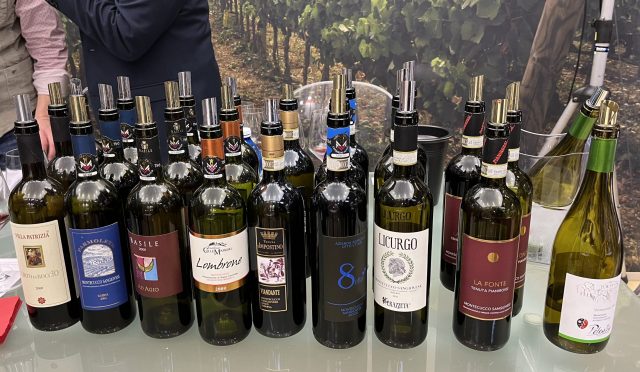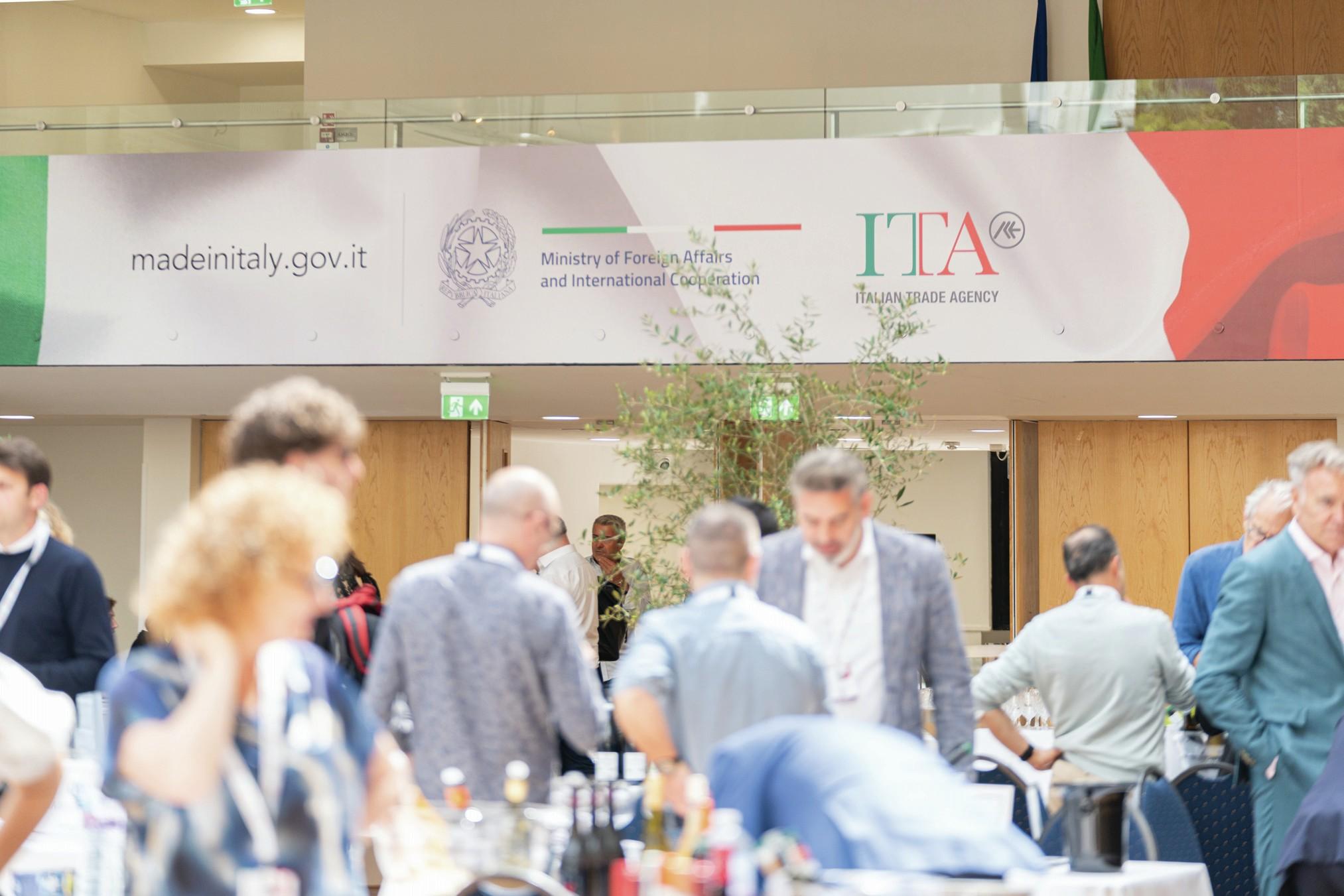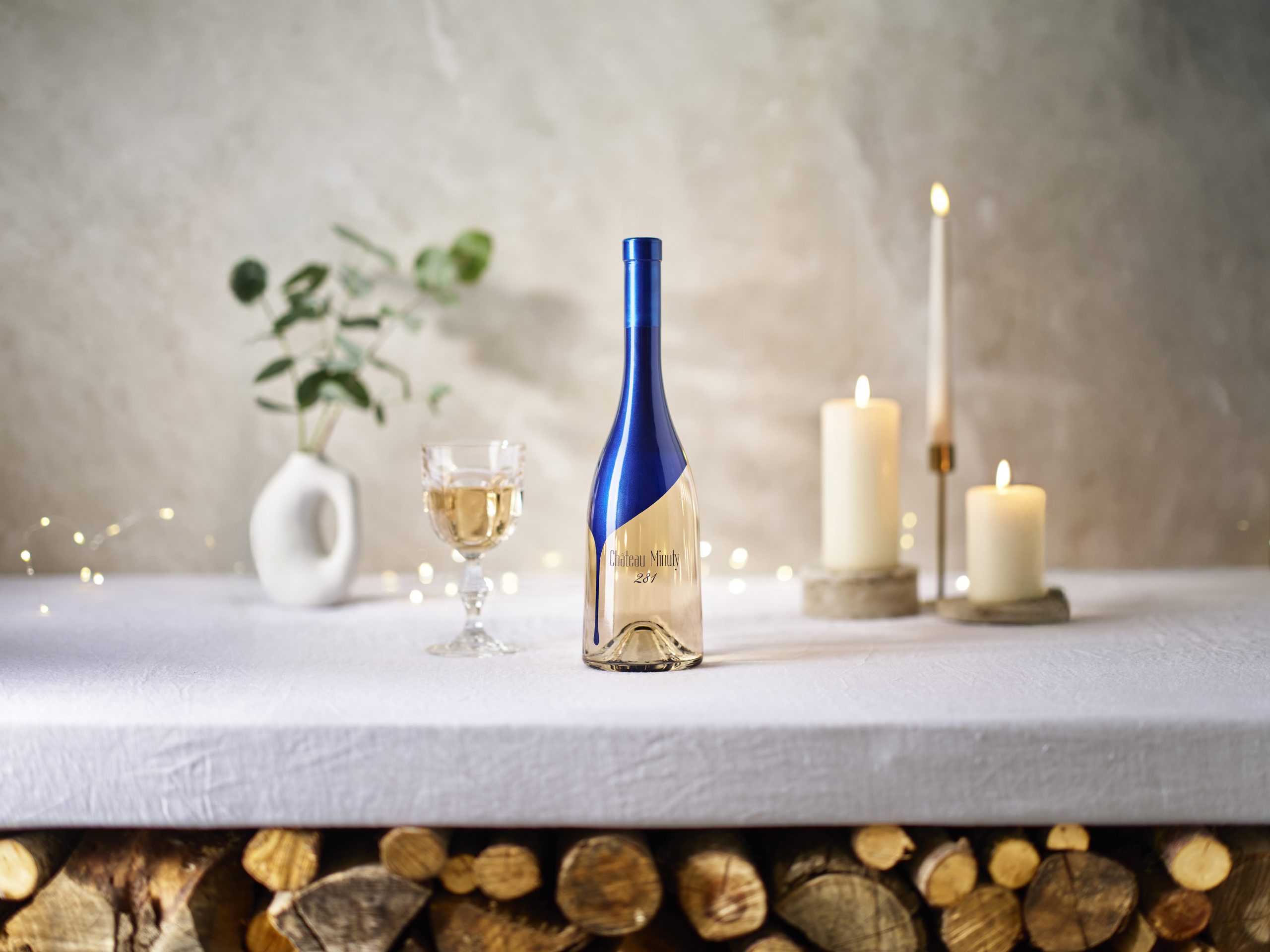Montecucco DOC celebrates 25 years
At a vertical tasting to mark the 25th anniversary of the creation of the Montecucco DOC, it was revealed how this small Tuscan appellation is punching well above its weight when it comes to producing age-worthy Sangiovese, and even Vermentino.

The tasting was presented by wine educator and db‘s Italian correspondent Filippo Bartolotta, with opening remarks from Consorzio Vini Montecucco president Giovan Battista Basile: “This is an important moment for us – celebrating 25 years of our DOC. For wine, that is not a long time, but it is for a person.”
While 1998 was the appellation’s official birth year, the area, just south of Montalcino, has a history of winemaking stretching back to the Etruscans. “After 25 years, I can say it is not potential, but reality,” remarked Basile.
As part of the anniversary celebrations, a new logo for Consorzio Vini Montecucco was revealed. Designed by Damini Rathore, it is intended, in Basile’s words, to be “modern, but show closeness to nature, and the topography of the region.”

With 500 hectares under vine, the appellation produces approximately 1.2 million bottles each year, with 60% of that sum exported (the main markets being North America, Nordic nations, Germany, the Netherlands and Switzerland).
The first wine tasted, a Montecucco Rosso DOC Orto di Boccio from Villa Patrizia from the “very hot” 2000 vintage (that was predominantly Sangiovese with a “dash” of Merlot) was described by Bartolotta as “a little bit smoky, flinty, with an ash-driven character from the soil.
Moving away from the south of Montecucco to the north, the 2004 Montecucco Sangiovese DOCG from Parmoleto offered something decidedly different: “It’s a little bit minty, a bit fresher, with gun flint and liquorice…blood orange, juicy red fruit and forest floor.” Bartolotta also said that 2004 is an important year for him as it is his son’s vintage.
The next year sampled, 2008, just so happened to be Bartolotta’s daughter’s vintage. This example, a Montecucco Sangiovese DOCG Riserva (meaning that it was oak-aged for a minimum of two years), came from Basile, a vineyard Bartolotta described as with “no traces of civilisation”. The wine itself, made from 100% Sangiovese, offered “a classic combination of leather and violets.”
After this, came Colle Massari’s 2009 Montecucco Sangiovese DOCG Riserva Poggio Lombrone, a wine that Bartolotta suggested has “an ambition to age for quite some time”. On the nose, it offered blue flowers and blue fruit, with a smoky edge.
Partner Content
From the northernmost reach of the appellation, Tenuta Impostino’s 2013 Riserva Viandante provided pomegranate on the nose and salinity on the palate.
More floral was the 2015 Montecucco Sangiovese DOCG from Otto Ettari, a wine Bartolotta dubbed “a wake up call”: “Super refreshing with a very mineral edge…It’s a great example of how Montecucco should show in the glass – with generosity.”
Just a three minute drive from Otto Ettari, Perazzeta was up next. The wine tasted was its Riserva, Licurga, from 2016, “a beautiful, classic vintage in Tuscany” marked by spring rain and a fresh summer. Pointing out notes of cedar and sour red fruit, Bartolotta remarked: “It’s when Sangiovese becomes more continental and less Mediterranean in style.”
The final red tasted, Pianirossi’s 2019 La Fonte, showed an opposite style of Sangiovese: “You can perceive the Mediterranean juiciness here – it showcases the appellation’s potential for minerality.”
But the biggest shock came at the end, with the tasting of a seven-year-old Vermentino from Peteglia. While reds still make up approximately 85% of the appellation’s production, its proximity to the Tyrrhenian Sea, which cools the climate, makes white winemaking an option.
“At first I thought ‘these people are crazy to serve me a 2014 Vermentino to taste’,” remarked Bartolotta. “But, stick your nose in the glass, and there’s no oxidation. It has orange blossom, and a bit of a Riesling edge. There is no butteriness or overripe fruit here, it’s not a wine that plays its citric card. Instead, it shows its mineral complexity.”
Related reading:
What makes Sangiovese special?
Is it time for Montepulciano from the Teramo hills to get the recognition its deserves?
Related news
Castel Group leadership coup escalates
For the twelfth day of Christmas...
Zuccardi Valle de Uco: textured, unique and revolutionary wines




